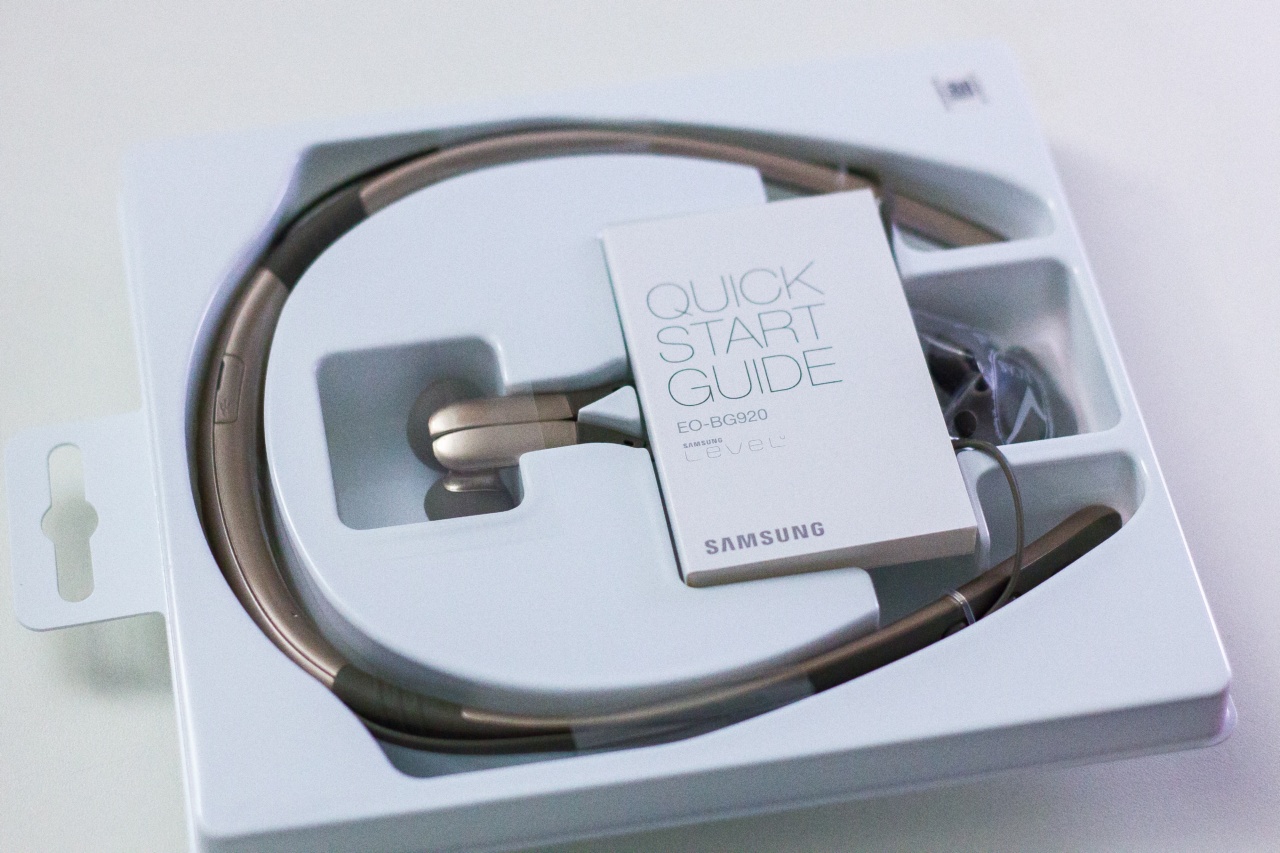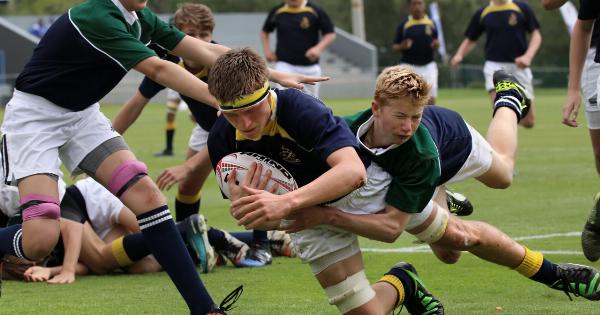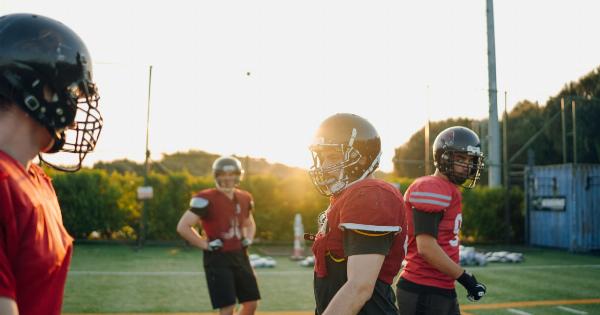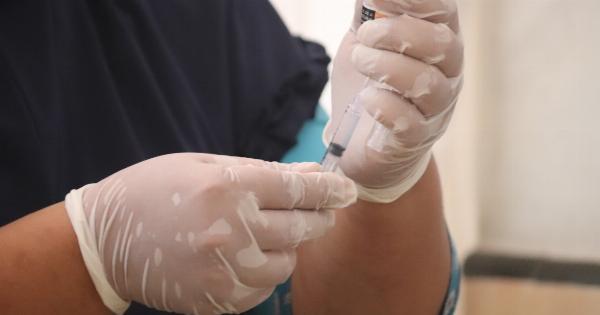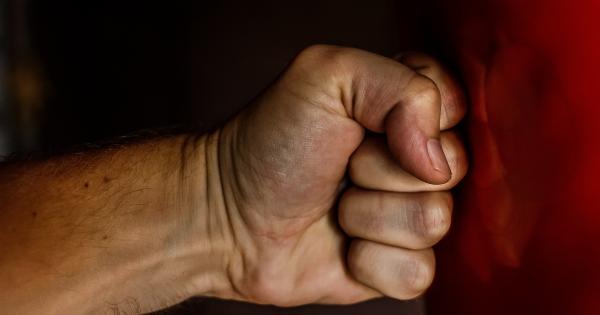Sports are a fantastic way to stay fit, have fun, and challenge yourself physically and mentally. However, participating in sports also comes with the risk of injuries.
Whether you are a professional athlete or a recreational sports enthusiast, it’s crucial to understand how to deal with sports-related injuries effectively. This comprehensive guide will provide you with the necessary knowledge to identify, treat, and prevent common sports injuries, allowing you to maximize your performance and minimize the risk of long-term damage.
Understanding Common Sports Injuries
Before we delve into the specifics of dealing with sports-related injuries, it’s important to familiarize ourselves with some of the most common types of injuries athletes encounter:.
1. Sprains and Strains
Sprains occur when ligaments, the connective tissues that support joints, are stretched or torn. Strains, on the other hand, refer to injuries of the muscles or tendons. These injuries can range from mild to severe, depending on the extent of the damage.
2. Fractures
A fracture is a broken bone resulting from excessive force or impact. Stress fractures, which are tiny cracks in the bone caused by repetitive activities, are also common among athletes.
3. Dislocations
A dislocation occurs when two bones that should be connected at a joint become separated. This injury can cause severe pain and immobilization.
4. Concussions
A concussion is a brain injury caused by a blow to the head, resulting in short-term loss of brain function. Athletes who participate in contact sports, such as football or boxing, are particularly susceptible to concussions.
5. Tendinitis
Tendinitis refers to the inflammation or irritation of a tendon, commonly caused by overuse or repetitive motion. Tennis elbow and runner’s knee are examples of tendinitis.
Dealing with Sports-Related Injuries
Now that we have identified some of the most common sports injuries, let’s explore the steps you can take to deal with them effectively:.
1. Recognize the Signs
It’s crucial to recognize the signs and symptoms of an injury to seek appropriate care. These may include pain, swelling, bruising, inability to bear weight or move the injured area, and limited range of motion.
2. Rest and Protect
The initial step in treating most sports injuries is to rest and protect the affected area. This allows the body’s natural healing processes to take place.
Avoid further aggravation by immobilizing the injured area, using braces, splints, or slings if necessary.
3. Ice and Compression
Ice and compression help reduce swelling and relieve pain. Apply an ice pack to the injured area for 15-20 minutes every 2-3 hours during the first 48-72 hours. Compression bandages can also assist in managing swelling.
4. Elevate
Elevating the injured limb above heart level can further reduce swelling by allowing fluid to drain away from the injury. Use pillows or cushions to prop up the affected area.
5. Seek Medical Attention
If your injury is severe, or if you are unsure about the severity, it is essential to seek medical attention promptly. A healthcare professional will be able to provide an accurate diagnosis and recommend appropriate treatment options.
Preventing Sports Injuries
While it’s impossible to completely eliminate the risk of sports-related injuries, certain precautions can significantly reduce the likelihood of getting injured:.
1. Warm-up and Stretch
Always warm up before engaging in physical activity. A proper warm-up increases blood flow to the muscles, making them more flexible and resilient. Follow it up with dynamic stretching exercises to further prepare your body for action.
2. Use Correct Technique
Whether you’re lifting weights, throwing a ball, or performing any other sports-specific movements, learning and utilizing correct techniques will help reduce the risk of injury.
3. Wear Protective Gear
Wearing appropriate protective gear, such as helmets, pads, mouthguards, or goggles, depending on the sport, can significantly decrease the likelihood and severity of injuries.
4. Gradually Increase Intensity
Avoid diving headfirst into intense physical activities without providing your body the opportunity to adapt slowly. Gradually increase the intensity, duration, and frequency of your workouts to prevent overexertion.
5. Listen to Your Body
If you experience pain or discomfort while participating in sports, listen to your body and take a break. Pushing through the pain can aggravate an injury and lead to more serious long-term consequences.
